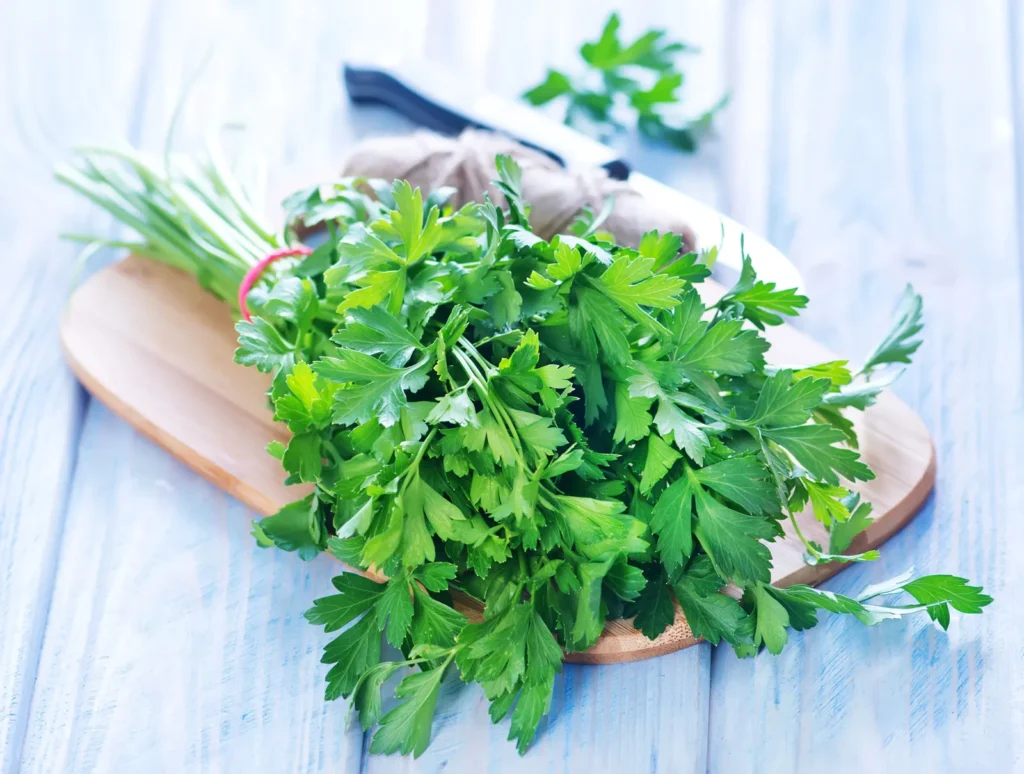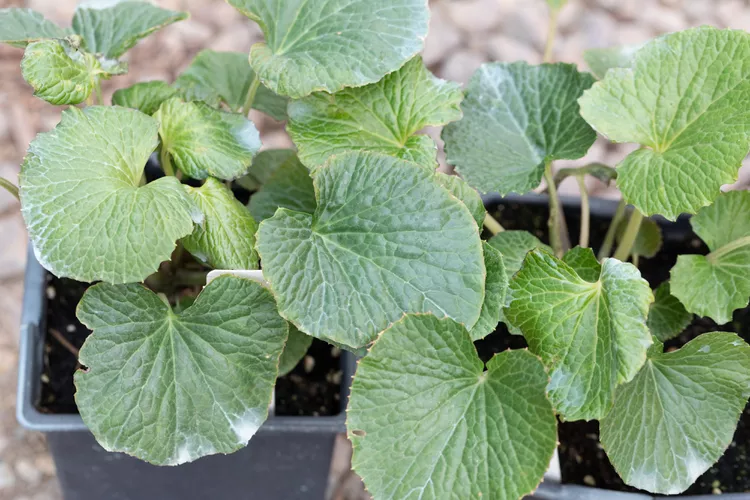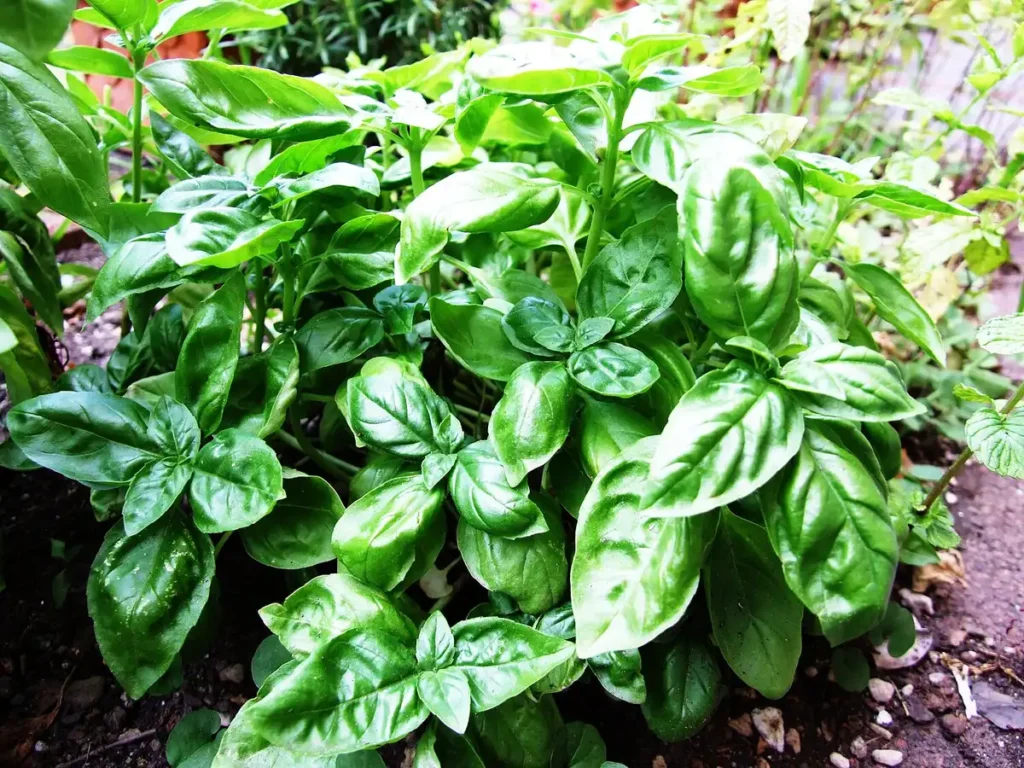
Description
Similar in form to rosemary, savory is a compact, shrub-like herb that grows 15 to 45 centimeters tall and equally wide. It has woody branches. When it reaches maturity, it produces whorls of tiny white to light pink or purple blooms. Its stems are square, which is typical of its plant family. The narrow, lanceolate, gray-green leaves have a perfume and flavor reminiscent of a combination of marjoram, mint, and thyme. They are also warm, sweet, and spicy.
Habitat
Native to North Africa and Eurasia, savory foods are grown in a variety of climates, but are most popular in France and Spain.
Uses
Savory is a spicy, salty herb that can be used raw or cooked, fresh or dried. It is frequently mixed with other herbs in spice blends and, along with marjoram, rosemary, thyme, and oregano, is a main component in the French mixture known as Herbs de Provence.

Varieties
Summer and Winter Savory are the two main types; they are similar in look and flavor, with Winter Savory having somewhat smaller leaves and a stronger, earthier flavor and aroma with notes of sage and pine.
Plant Care
- Savory is quite low-key and requires very little effort in any way. Just weed or cover any weeds with mulch on a regular basis. Only potted plants require frequent watering; rainwater should be plenty for most other plants.
- Savory plants don’t usually require fertilization, but if you routinely pick shoots, giving them an occasional feeding with a balanced liquid fertilizer will keep them growing quickly. During the summer, a few sprays of balanced liquid fertilizer will also help savory plants grown in containers.
- Plant in bright sun for both winter and summer savory. Preparing the soil: Rich, well-drained organic soil is preferred by summer savory, whereas sandy, well-drained soil is preferred by winter savory.
Table





